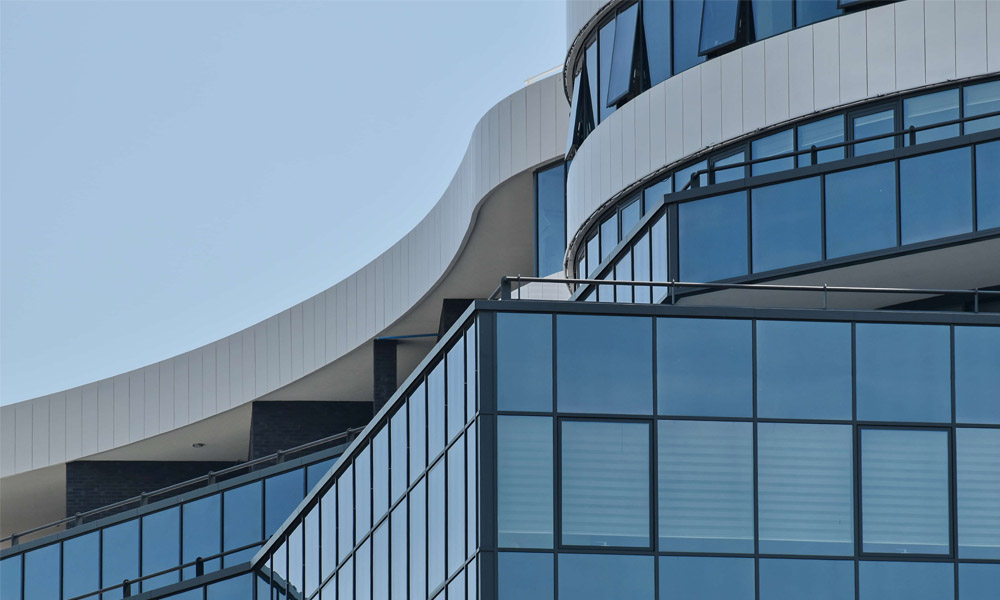

Understanding Triple Silver Low-E Glass A Comprehensive Overview
In the realm of modern architecture and energy-efficient construction, triple silver low-E glass has emerged as an essential component for enhancing building performance. This innovative glazing solution offers significant benefits in terms of thermal insulation, energy savings, and aesthetic appeal, making it a preferred choice for residential and commercial buildings alike.
What is Low-E Glass?
Low-E glass, short for low-emissivity glass, is a type of glazing that has a special coating designed to reflect heat while allowing natural light to enter a space. The “E” in Low-E stands for emissivity, which is a measure of a material's ability to emit thermal radiation. Regular glass has a high emissivity, meaning it loses a significant amount of heat in cooler months. In contrast, low-E glass minimizes heat transfer, ensuring that indoor spaces remain comfortable year-round.
The Benefits of Triple Silver Low-E Glass
Triple silver low-E glass is a specific type of low-E glazing that features multiple layers of silver coating. This advanced technology provides enhanced performance in several critical areas
1. Superior Thermal Performance The triple silver coating significantly increases the thermal resistance of the glass. By minimizing heat loss in winter and reducing heat gain in summer, buildings equipped with this type of glazing maintain a more stable indoor temperature. This results in elevated comfort for occupants and reduces the reliance on heating and cooling systems.
2. Energy Efficiency The enhanced thermal performance of triple silver low-E glass translates to lower energy consumption. Buildings with this glazing can achieve up to a 30% reduction in energy costs compared to those using traditional glazing options. This energy efficiency not only benefits building owners financially but also contributes to environmental sustainability by reducing carbon footprints.

3. UV Protection Another considerable advantage of triple silver low-E glass is its ability to block harmful ultraviolet (UV) rays. While natural light is desirable in interior spaces, excessive UV exposure can fade furniture, artwork, and textiles. The low-E coating acts as a barrier, allowing visible light to enter while preventing most UV radiation, thus preserving the integrity of interior furnishings.
4. Condensation Resistance Triple silver low-E glass also helps reduce condensation on windows. By maintaining a warmer interior surface temperature, the likelihood of condensation forming on the glass is diminished. This is particularly important in climates with significant temperature fluctuations, as it can help prevent mold growth and improve indoor air quality.
5. Aesthetic Appeal With advancements in technology, triple silver low-E glass offers excellent clarity and visibility, allowing for expansive views without compromising on performance. The aesthetic qualities of this glass make it a popular choice for architects and designers aiming to create stunning facades while enhancing energy efficiency.
Applications of Triple Silver Low-E Glass
Triple silver low-E glass is versatile and can be used in various applications. It's commonly found in residential buildings, high-rise office structures, schools, and hospitals. Whether used in windows, doors, or curtain walls, this glazing solution meets the demands of modern construction while complying with energy codes and standards.
Conclusion
In conclusion, triple silver low-E glass represents a significant leap forward in glazing technology. Its exceptional thermal performance, energy efficiency, and ability to protect interior spaces from UV damage make it an ideal choice for contemporary buildings. As architects, builders, and homeowners continue to prioritize sustainability and energy conservation, the use of advanced glazing solutions like triple silver low-E glass will play a crucial role in shaping the future of construction. By investing in this innovative material, stakeholders are not only improving the comfort and aesthetic appeal of their buildings but also contributing to a more sustainable and energy-conscious world.